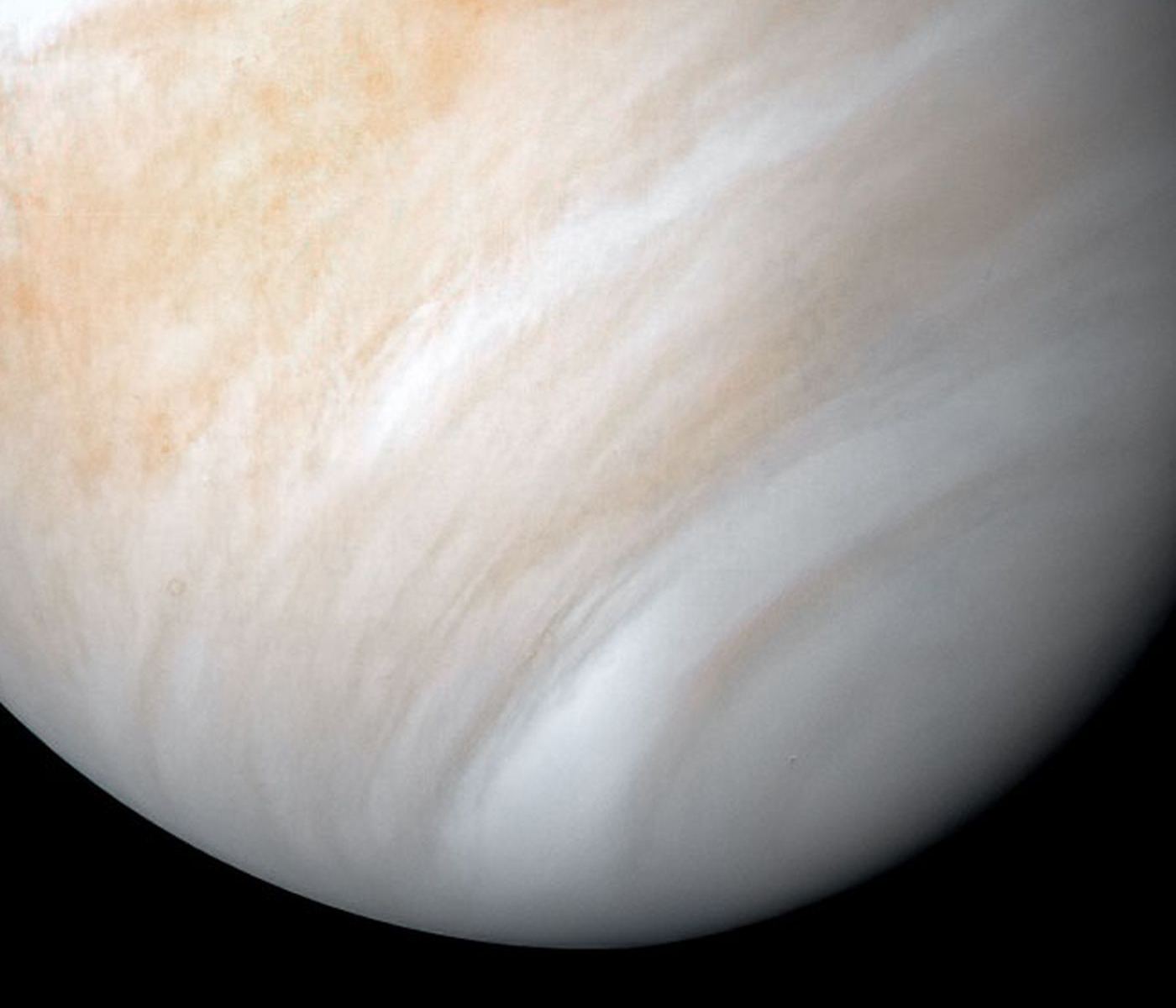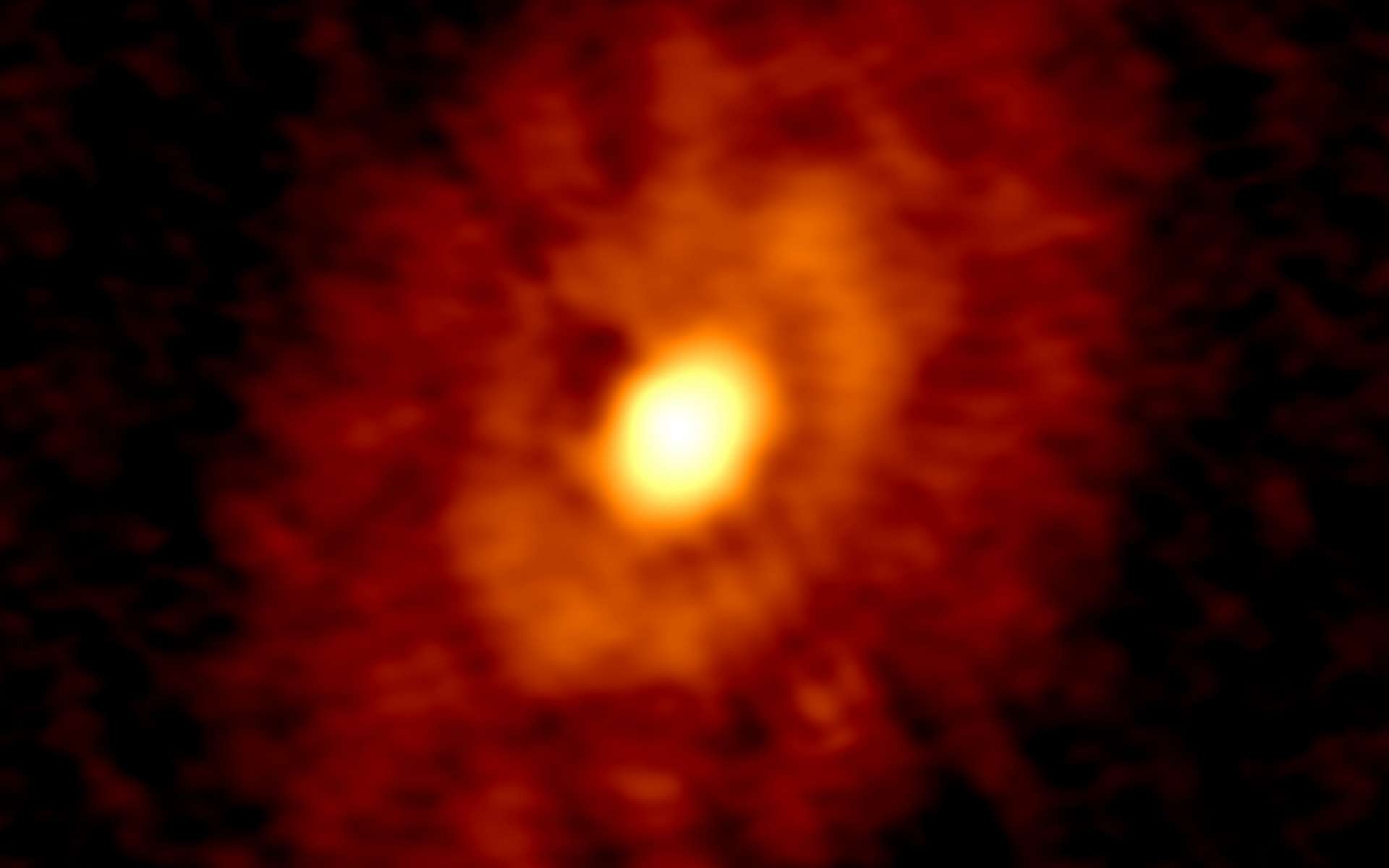Planetary formation is a complicated, multilayered process. Even with the influx of data on exoplanets, there are still only two known planets that are not yet fully formed. Known as PDS 70b and PDS 70c, the two planets, which were originally found by the Very Large Telescope, are some of the best objects we have to flesh out our planetary formation models. And now, one of them has been confirmed to have a moon-forming disk around it.
Continue reading “Incredible! Astronomers see a Moon-Forming Disk Around a Newly Forming Planet”Astronomers Think They’ve Found the Neutron Star Remnant Left Behind from Supernova 1987A
It was the brightest supernova in nearly 400 years when it lit the skies of the southern hemisphere in February 1987. Supernova 1987A – the explosion of a blue supergiant star in the nearby mini-galaxy known as the Large Magellanic Cloud – amazed the astronomical community. It offered them an unprecedented opportunity to observe an exploding star in real-time with modern instruments and telescopes. But something was missing. After the supernova faded, astronomers expected to find a neutron star (a hyper-dense, collapsed stellar core, made largely of neutrons) left-over at the heart of the explosion. They saw nothing.
Continue reading “Astronomers Think They’ve Found the Neutron Star Remnant Left Behind from Supernova 1987A”What Looked Like Phosphine On Venus Might Actually Just Be Sulfur Dioxide
There’s nothing like a good old fashioned science fight. When the discovery being challenged is one of the most public and intriguing of the last year, it’s bound to be even more interesting. A team of scientists, led by Andrew Lincowski and Victoria Meadows at the University of Washington (UW), and involving members from a variety of NASA labs and other universities, has challenged the discovery of phosphine in the atmosphere of Venus that was first announced last year. Their explanation is much simpler: it was most likely sulfur dioxide, one of the most abundant materials already known to be in Venus’ atmosphere.
Continue reading “What Looked Like Phosphine On Venus Might Actually Just Be Sulfur Dioxide”Astronomers are now Finding Planetary Disks Around the Smallest, Least Massive Stars
Astronomers have been watching planetary systems form around sun-like stars for decades. And now, new observations with the ALMA telescope reveal the same process playing out around the smallest, but most common, stars in galaxy.
Continue reading “Astronomers are now Finding Planetary Disks Around the Smallest, Least Massive Stars”Scientists Have Re-Analyzed Their Data and Still See a Signal of Phosphine at Venus. Just Less of it
In September, an international team announced that based on data obtained by the Atacama Millimeter-submillimeter Array (ALMA) in Chile and the James Clerk Maxwell Telescope (JCMT) in Hawaii, they had discovered phosphine gas (PH3) in the atmosphere of Venus. The news was met with its fair share of skepticism and controversy since phosphine is considered a possible indication of life (aka. a biosignature).
Shortly thereafter, a series of papers were published that questioned the observations and conclusions, with one team going as far as to say there was “no phosphine” in Venus’ atmosphere at all. Luckily, after re-analyzing the ALMA data, the team responsible for the original discovery concluded that there is indeed phosphine in the cloud tops of Venus – just not as much as they initially thought.
Continue reading “Scientists Have Re-Analyzed Their Data and Still See a Signal of Phosphine at Venus. Just Less of it”Titan’s Atmosphere Has All the Ingredients For Life. But Not Life as We Know It
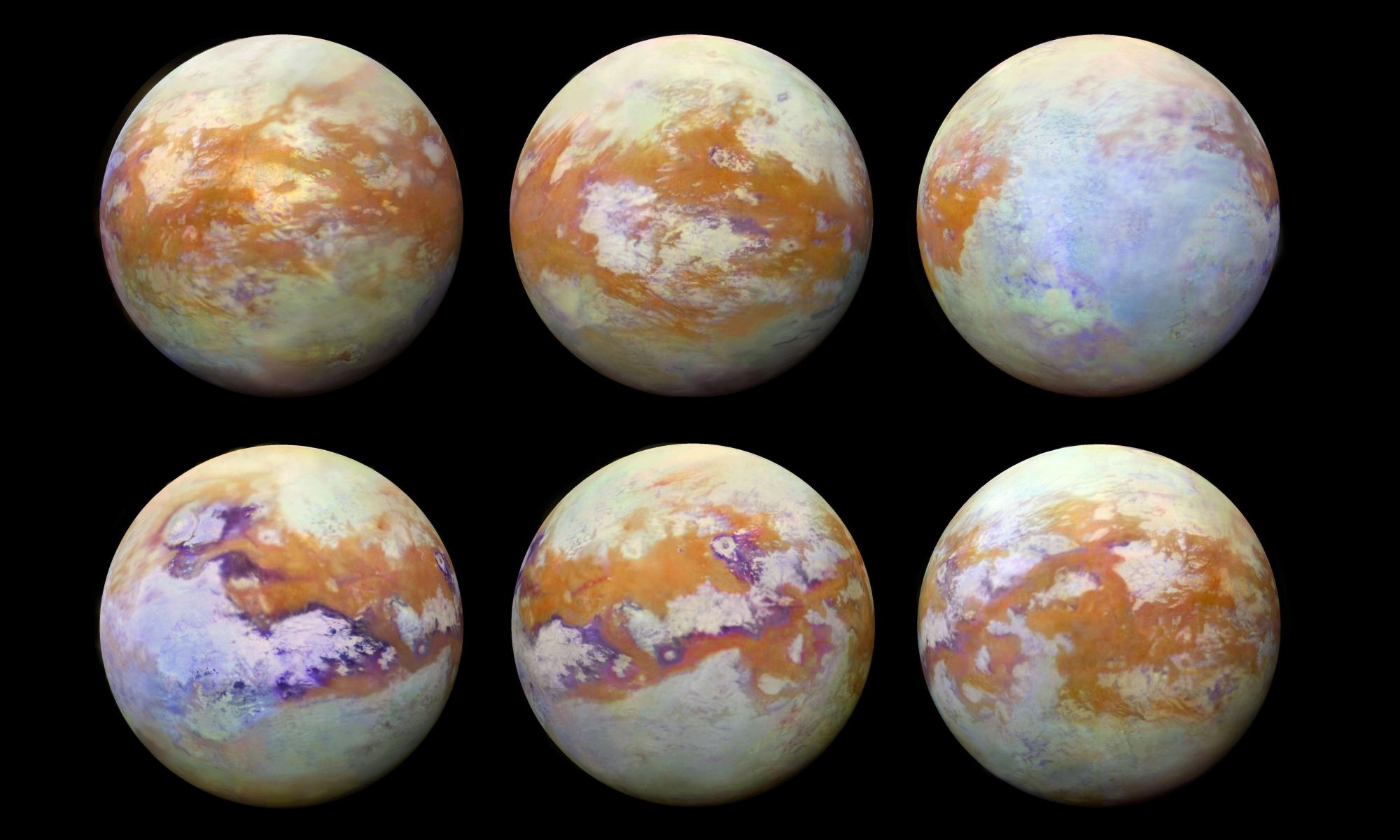
Using the Atacama Large Millimeter/submillimeter Array (ALMA), a team of scientists has identified a mysterious molecule in Titan’s atmosphere. It’s called cyclopropenylidene (C3H2), a simple carbon-based compound that has never been seen in an atmosphere before. According to the team’s study published in The Astronomical Journal, this molecule could be a precursor to more complex compounds that could indicate possible life on Titan.
Similarly, Dr. Catherine Neish of the University of Western Ontario’s Institute for Earth and Space Exploration (Western Space) and her colleagues in the European Space Agency (ESA) found that Titan has other chemicals that could be the ingredients for exotic life forms. In their study, which appeared in Astronomy & Astrophysics, they present Cassini mission data that revealed the composition of impact craters on Titan’s surface.
Continue reading “Titan’s Atmosphere Has All the Ingredients For Life. But Not Life as We Know It”Galaxies Grew Quickly and Early On in the Universe

The behaviour of galaxies in the early Universe attracts a lot of attention from researchers. In fact, everything about the early Universe is under intense scientific scrutiny for obvious reasons. But unlike the Universe’s first stars, which have all died long ago, the galaxies we see around us—including our own—have been here since the early days.
Current scientific thinking says that in the early days of the Universe, the galaxies grew slowly, taking billions of years to become what they are now. But new observations show that might not be the case.
Continue reading “Galaxies Grew Quickly and Early On in the Universe”The Youngest Stellar Disk Ever Seen, Just 500,000 Years Old
Unless you’re reading this in an aircraft or the International Space Station, then you’re currently residing on the surface of a planet. You’re here because the planet is here. But how did the planet get here? Like a rolling snowball picking up more snow, planets form from loose dust and gas surrounding young stars. As the planets orbit, their gravity draws in more of the lose material and they grow in mass. We’re not certain when the process of planet formation begins in orbit of new stars, but we have incredible new insights from one of the youngest solar systems ever observed called IRS 63.
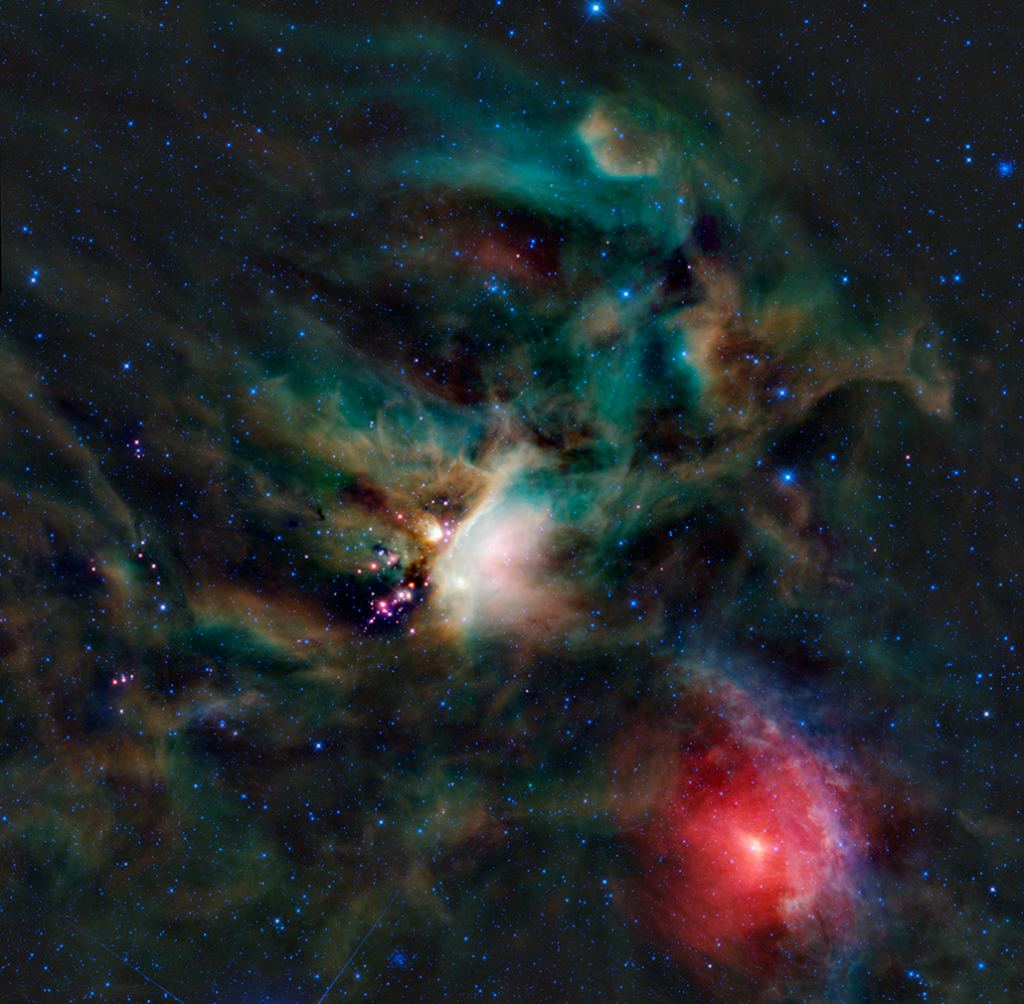
Primordial Soup
Swirling in orbit of young stars (or protostars) are massive disks of dust and gas called circumstellar disks. These disks are dense enough to be opaque hiding young solar systems from visible light. However, energy emanating from the protostar heats the dust which then glows in infrared radiation which more easily penetrates obstructions than wavelengths of visible light. In fact, the degree to which a newly forming star system is observed in either visible or infrared light determines its classification. Class 0 protostars are completely enshrouded and can only be observed in submillimeter wavelengths corresponding to far-infrared and microwave light. Class I protostars, are observable in the far-infrared, Class II in near-infrared/red, and finally a Class III protostar’s surface and solar system can be observed in visible light as the remaining dust and gas is either blown away by the increasing energy of the star AND/OR has formed into PLANETS! That’s where we came from. That leftover material orbiting newly forming stars is what accumulates to form US. The whole process from Class 0 to Class III, when the solar system leaves its cocoon of dust and joins the galaxy, is about 10 million years. But at what stage does planet formation begin? The youngest circumstellar disks we’d observed are a million years old and had shown evidence that planetary formation had already begun. The recently observed IRS 63 is less than 500,000 years old – Class I – and shows signs of possible planet formation. The excitement? We were surprised to see evidence of planetary formation so early in the life of a solar system.
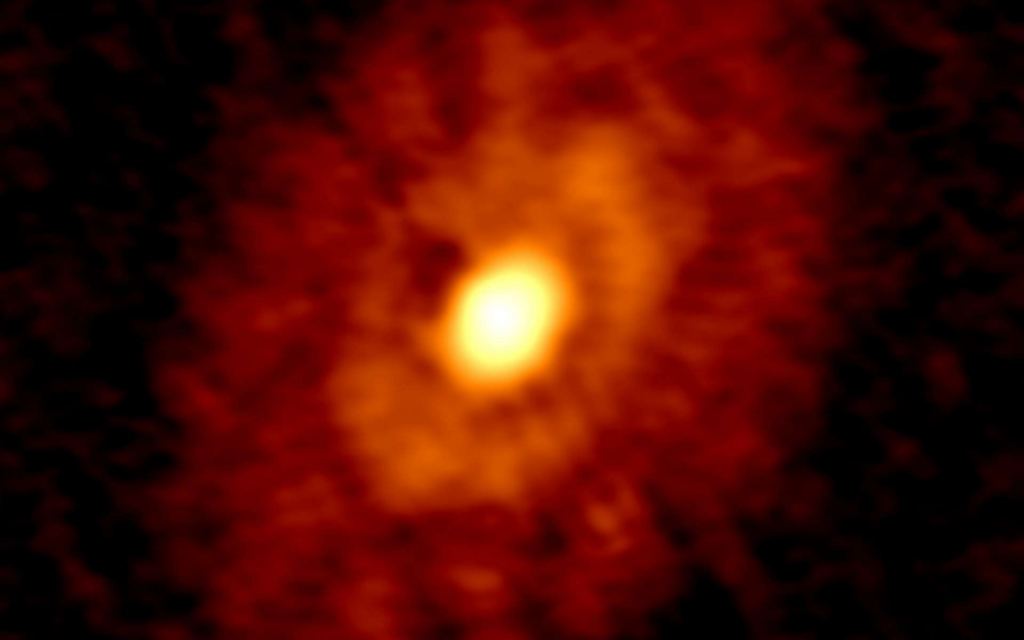
Astronomers Challenge Recent Findings About Venus. “No Statistically Significant Detection of Phosphine”

In September, a team of scientists reported finding phosphine in the upper atmosphere of Venus. Phosphine can be a biomarker and is here on Earth. But it’s also present on Jupiter, where it’s produced abiotically. The discovery led to conjecture about what kind of life might survive in Venus’ atmosphere, continually producing the easily-degraded phosphine.
The authors of that study were circumspect about their own results, saying that they hope someone can determine a source for the phosphine, other than life.
Now a new study says that the original phosphine detection is not statistically significant.
Continue reading “Astronomers Challenge Recent Findings About Venus. “No Statistically Significant Detection of Phosphine””Planets Don’t Wait for Their Star to Form First
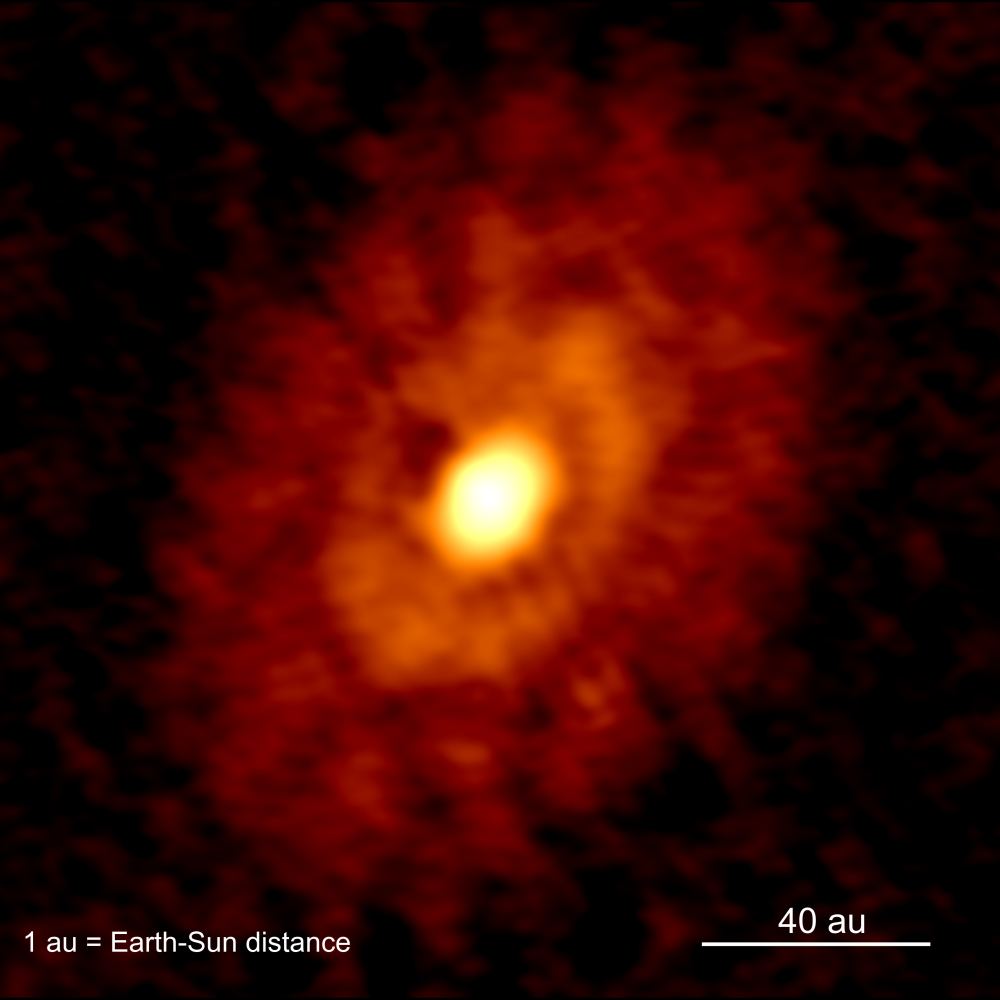
It looks like we may have to update our theories on how stars and planets form in new solar systems. A team of astronomers has discovered young planets forming in a solar system that’s only about 500,000 years old. Prior to this discovery, astronomers thought that stars are well into their adult life of fusion before planets formed from left over material in the circumstellar disk.
Now, according to a new study, it looks like planets and stars can form and grow up together.
Continue reading “Planets Don’t Wait for Their Star to Form First”




